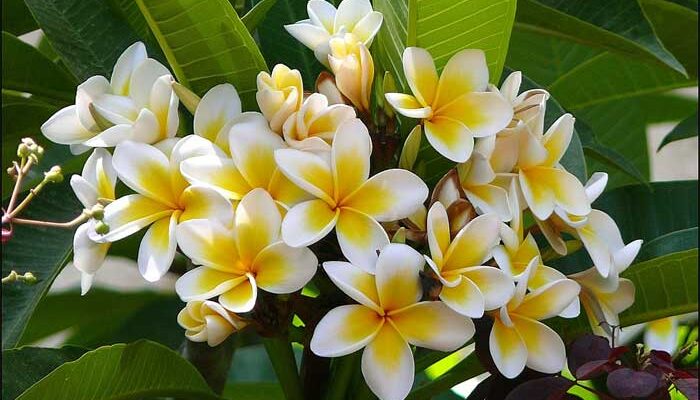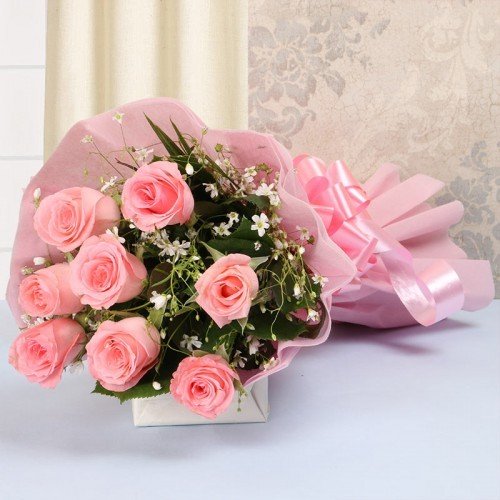
Flowers, with their vibrant shades, delicate petals, and glamorous odours, have long held a special place in the hearts of humans. Beyond their aesthetic appeal, flowers play a crucial role in various aspects of our lives.
For instance, from contributing to cultural, emotional, and even utilitarian domains. This essay explores the multifaceted nature of flowers, shedding light on their beauty, symbolic significance, and practical uses.
Want to know, what is the prettiest flower? If yes, then search on the internet. The answer is Rose, which comes in various colors such as red, yellow, pink, white, and orange. Not only this, it is known as the queen of the garden because it is regarded as the most beautiful flower on the earth.
Let’s know each aspect related to the flowers:
The Aesthetic Beauty of Flowers
One cannot ignore the sheer beauty of flowers whether he/she loves flowers or not. Their diverse shapes, colors, and fragrances create a symphony of sensory experiences. Which stimulate emotions ranging from joy and peace to wonder and inspiration. Gardens, both natural and cultivated, serve as showcases for this breathtaking beauty, providing a haven for individuals seeking respite from the hustle and bustle of everyday life.
The symbolic significance of flowers
Beyond their visual appeal, flowers have played a significant role in human culture and symbolism throughout history. Different cultures attach distinct meanings to various flowers, creating a rich tapestry of symbolism that transcends geographical boundaries. For instance, the rose, with its smooth petals and strong fragrance, has become a universal symbol of love and passion. Meanwhile, the lotus, revered in many Eastern cultures, signifies purity and enlightenment.
Moreover, flowers are integral to expressing emotions and sentiments on various occasions. Whether presented as a bouquet on birthdays, weddings, or funerals, flowers serve as messengers conveying emotions that words may fail to articulate. The language of flowers, or floriography, has been a cultural tradition in which specific blooms convey specific meanings. For instance, red roses symbolize love and passion, while lily is popular for its purity and renewal.
Cultural and Religious Significance
Flowers hold a prominent place in religious and cultural practices worldwide. In Hinduism, people offered flowers to gods during worship as a gesture of devotion. Similarly, in Christian traditions, flowers adorn churches during religious ceremonies, symbolizing purity and the transient nature of life. The symbolism of flowers extends to funeral rites, where they are often used to commemorate the departed and offer solace to grieving families.
Practical Uses of Flowers
While the beauty and symbolism of flowers are well-acknowledged, their practical uses are equally noteworthy. Beyond their ornamental value, flowers contribute to various industries, including perfumery, medicine, and gastronomy.
- Perfumery: The fragrance industry relies heavily on the essential oils extracted from flowers. Rose, jasmine, lavender, and countless other floral scents are essential ingredients in the creation of perfumes, colognes, and aromatic oils. The complex process of extracting essential oils from flowers not only captures their delightful scents but also preserves their therapeutic properties.
- Medicine: Flowers have been used for centuries in traditional medicine for their healing properties. Many plants, such as chamomile, calendula, and echinacea, have medicinal qualities that are harnessed for treating various ailments. Modern medicine continues to explore the potential of flower-derived compounds in pharmaceuticals, showcasing the enduring relevance of flowers in healthcare.
- Gastronomy: Edible flowers add a touch of elegance and flavor to culinary creations. From salads and desserts to teas and infusions, flowers like nasturtiums, violets, and hibiscus lend their unique tastes and vibrant colors to a variety of dishes. The culinary world recognizes the aesthetic and gustatory appeal of flowers, turning them into sought-after ingredients in haute cuisine.
For more details, search the top 10 most beautiful flowers in the world on the net if you love flowers and are keen to learn about them.
Wrapping Up
To wrap it up, flowers are much more than mere ornamental entities. Their beauty, symbolic significance, and practical uses incorporate a rich tapestry. Which spans cultural, emotional, and practical realms. We admire the enchanting blooms of flowers in our gardens or receive them as tokens of affection. In the delicate petals of a flower, we find not only fleeting beauty but also a timeless connection to nature.










